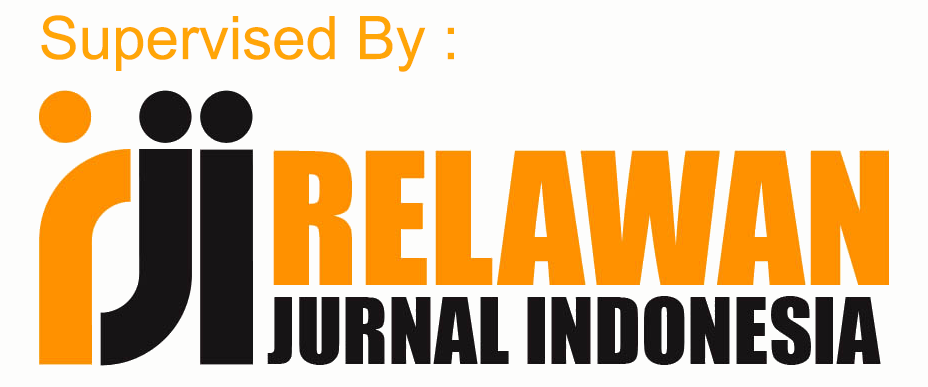Analisis Perencanaan Pajak Melalui Metode Penyusutan Aset Tetap dan Revaluasi Aset Tetap Untuk Meminimalkan Beban Pajak Terutang (Studi Kasus pada CV. ELITA Kerudung Kediri)
Abstract
ABSTRAK
Dalam perpajakan terdapat dua metode penyusutan yaitu metode garis lurus dan metode saldo menurun. Revaluasi menghasilkan nilai wajar aset tetap dari nilai buku. Melalui analisis perencanaan pajak melalui metode penyusutan aset tetap dan revaluasi aset tetap untuk meminimalkan beban pajak terutang. Tujuan dari penelitian ini adalah untuk mengetahui perbedaan beban penyusutan dengan metode penyusutan berdasarkan ketentuan pajak dan dampak yang dihasilkan dari revaluasi aset tetap perusahaan untuk upaya meminimalkan beban pajak terutang. Penelitian ini menggunakan analisis deskriptif kuantitatif yaitu penelitian yang bertujuan untuk memberikan gambaran keadaan yang sebenarnya dari objek yang diteliti berdasarkan fakta-fakta yang ada, dengan cara sedemikian rupa pada data hasil pengukuran yang berhubungan sehingga diperoleh informasi yang tepat. Berdasarkan hasil analisis, penyusutan dengan metode saldo menurun menghasilkan nilai beban yang relatif besar pada tahun pertama dan mengecil seiring bertambahnya tahun operasi. Hasil revaluasi menunjukkan nilai buku aset tetap meningkat yang menyebabkan naiknya beban penyusutan. Keadaan ini menyebabkan laba sebelum pajak menurun dan dapat meminimalkan beban pajak terutang perusahaan.
Kata Kunci : Perencanaan Pajak, Penyusutan Aset Tetap, Revaluasi, Pajak Terutang
ABSTRACT
In taxation there are two methods of depreciation, namely the straight-line method and the declining balance method. The revaluation results in the fair value of fixed assets from the book value. Through the analysis of tax planning through the method of depreciation of fixed assets and revaluation of fixed assets to minimize the burden of tax payable. The purpose of this study was to determine the difference between the depreciation expense and the depreciation method based on tax provisions and the impact resulting from the revaluation of the company's fixed assets in an effort to minimize the tax burden payable. This study uses descriptive quantitative analysis, namely research that aims to provide an overview of the actual state of the object under study based on the existing facts, in such a way on the related measurement data so that the right information is obtained. Based on the analysis results, depreciation using the declining balance method results in a relatively large expense value in the first year and decreases with increasing years of operation. The results of the revaluation show that the book value of fixed assets increases which causes an increase in depreciation expense. This situation causes profit before tax to decrease and can minimize the company's tax burden.
Keywords: Tax Planning, Depreciation, Revaluation, Tax Burden




















